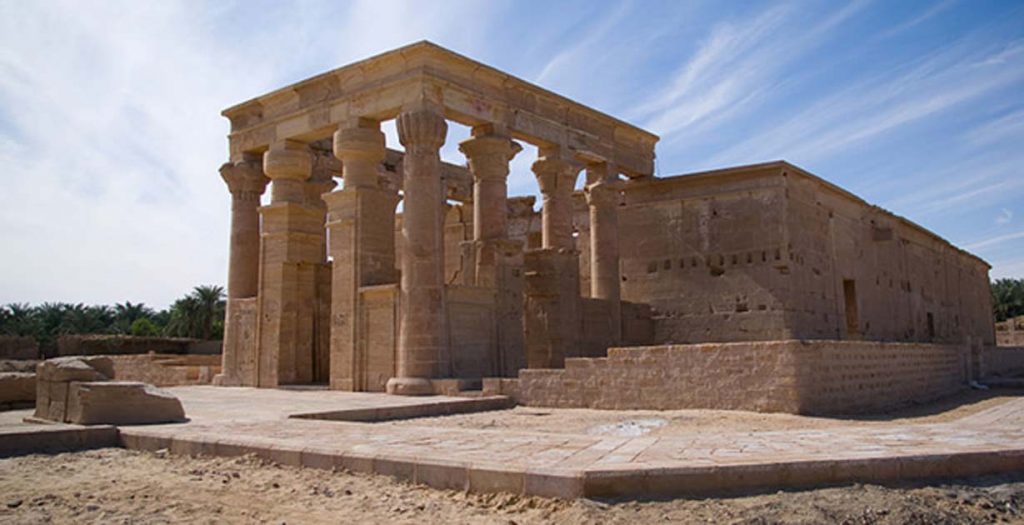Temple of Hibis
About 2 km from the city of EL-Kharga lies the well-preserved Temple of Hibis in an ancient city with the same name. It is by far the largest and finest of temples from Egypt’s 200 years under Persian rulers. Dating back to the 27th Dynasty and erected by King Darius I, under the Persian Rule, the temple was built within a fortress and was surrounded by a lake (now disappeared). It was dedicated to god Amun (Amoun or Amen), his wife Mut and their son Khonsu (Khunso). Nectanebo II and the Ptolemaic Kings added some annexes to the temple. On the temple's walls, were found traditional scenes of making offerings to the Triad of Amun and to other gods. The outer walls are decorated with painted vultures and huge reliefs of Darius greeting Egyptian gods. Wall reliefs mirror the religious life of the ancient Egyptians. Sunk in sand for more than 18 centuries, the temple was found well-preserved and almost intact. To avoid the potential danger of the several problems underground waters can cause to the temple, the Egyptian Authority of Antiquities plans to move it and place it near the Cemetery of El-Bagawat. At the site, there is a necropolis that dates back to the Greco-Roman Period.





